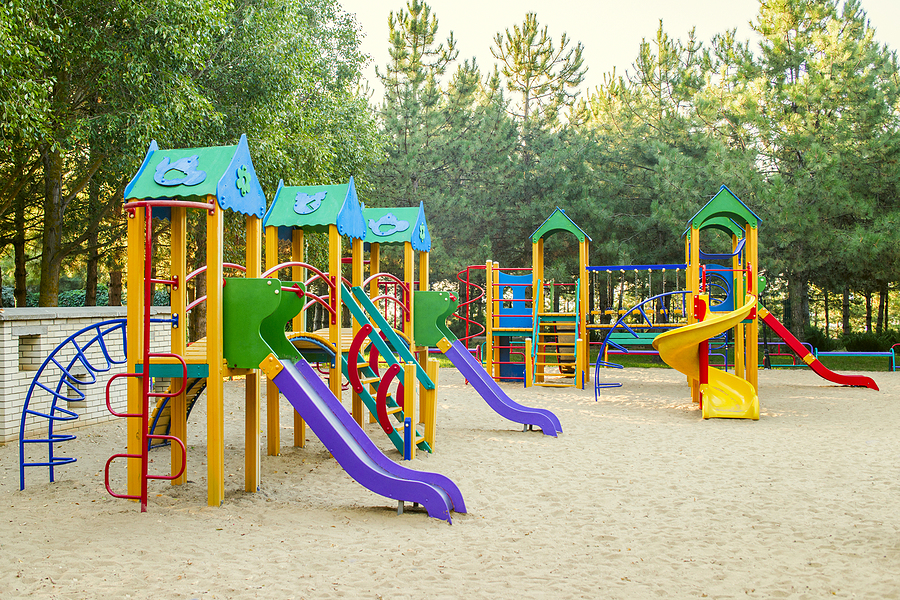Outdoor plastic products for withstanding the stresses of outside applications
Plastic remains a big part of many things constructed for outside use. In the past, wood or glass made up the construction of some of these things; but strength and durability were not optimum using these materials.
Here we present some outdoor plastic products, commercial and residential, built for durability, strength, and safety.
- Playground equipment
- Outdoor furniture
- Greenhouses
- Mechanical or utility-based purposes
- Swimming pool equipment
- Decks
- Trash cans
- Park benches, tables, and chairs
- Outdoor signage
Because outdoor plastic products experience exposure to the elements, such as ultraviolet (UV) light, humidity and rain, temperature extremes, and different altitudes, different plastics respond better or worse to each of these elements.
Let’s take a look at which plastics best suit outdoor usage and why.
3 Plastic Materials Best for Outdoor Use
Acrylic
Acrylic is one of the best plastic materials to use outdoors as a substitute for glass, such as for outdoor signage or greenhouses. This is a strong, stiff, clear plastic available in a variety of brilliant colors and finishes.
Acrylic never loses its clarity or its vibrant colors even in the worst weather or sun exposure. It also can withstand high temperatures.
Now, the impact resistance is not very high compared to other plastics, but acrylic is the more economical choice.
Acrylic allows mold injection into any shape. Other benefits of the mold injection of acrylic plastics include low mold shrinkage, and the mold’s recyclability.
Polycarbonate
Polycarbonate and acrylic can be interchangeable in their uses, but polycarbonate has five times the impact resistance than acrylic. So even if both of the plastics are ideal for greenhouses, transmitting 80% to 90% of light, the polycarbonate would be the better choice because of its ability to withstand impact from weather.
Polycarbonate plastic is not only ideal for greenhouses but for playground equipment, patios, and terraces as well.
The cost for this plastic used to be substantial and only used in commercial applications. But, because this plastic has more popular uses, the cost is now at a point where this plastic is accessible for both residential and commercial uses.
You can mold inject it into any shape, in a variety of colors, and degrees of transparency depending on what you need. The other benefits of the mold injection of polycarbonate plastic parts are that it helps in creating parts with tight tolerances and allows the accommodation of many part sizes.
High-density polyethylene (HDPE)
This plastic is the most commonly used material for playground equipment, park benches, tables, and chairs.
This material is very durable, but a softer and safer alternative to plastics like polycarbonates. Due to this softness, if the board chips or cracks it will not have hard, sharp, and dangerous edges. However, the impact resistance diminishes because of this quality.
This plastic is best for playground equipment and parks seating areas because it can support a formidable amount of weight and is durable enough to outlast many other kinds of plastic. It is UV resistant and can withstand high temperatures, making it adaptable in a variety of environments.
If this plastic is specially treated to be allowed to be constantly submerged in water, it can be used to build swimming pool equipment as well.
HDPE is a comparatively low-cost material that is a very moldable plastic and can be shaped or stamped into any shape or design and dyed in various vibrant colors.
Contact us for an engineered solution to your outdoor injection molded product.

